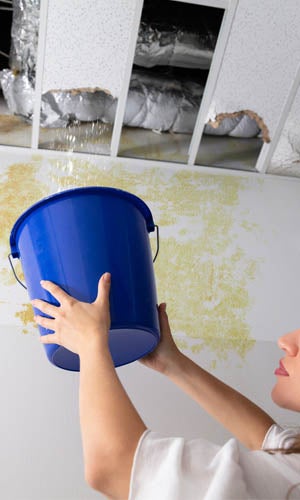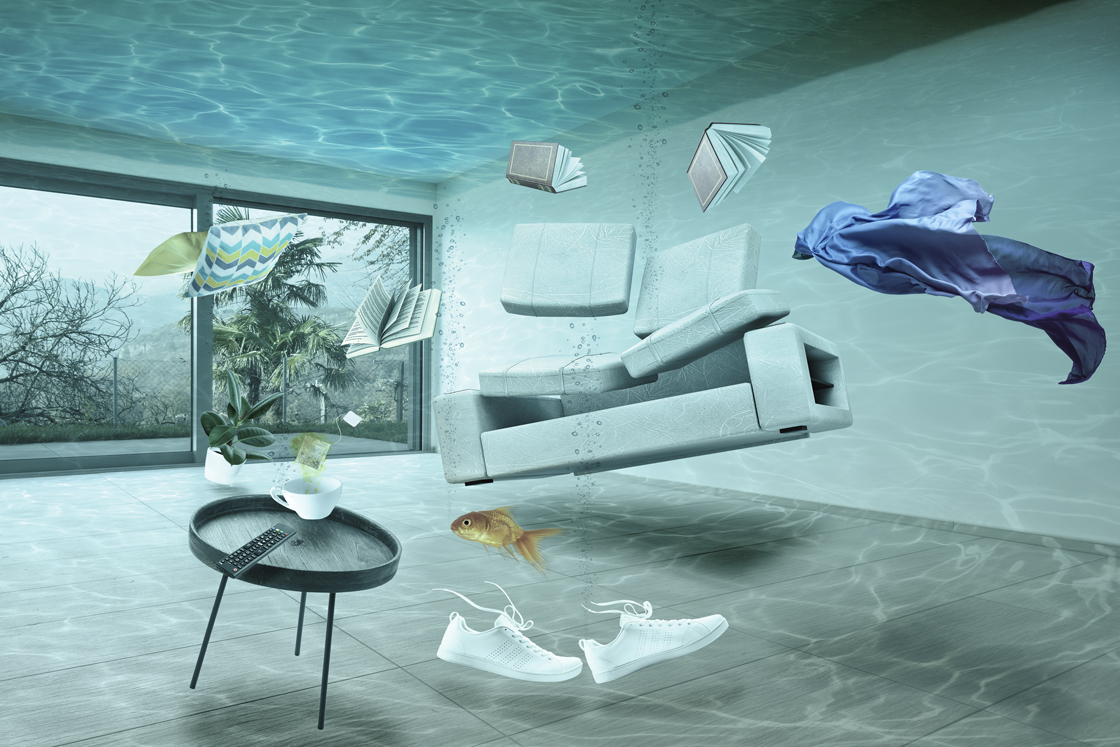We've stumbled on the article pertaining to Hacks to detect leaks directly below on the net and felt it made sense to relate it with you on my blog.

Early detection of leaking water lines can mitigate a potential disaster. Apart from saving you cash, it will certainly lessen the irritation as well as irritation. The minute you discover a leakage, calling your plumber for fixings is the most effective option. Some tiny water leaks may not be visible. If you can not spot it with your nude eyes, right here are some hacks that help.
1. Take A Look At the Water Meter
Every house has a water meter. Inspecting it is a proven way that assists you discover leakages. For beginners, switch off all the water sources. Make sure nobody will certainly flush, utilize the tap, shower, run the cleaning machine or dish washer. From there, most likely to the meter and watch if it will certainly alter. Given that no person is utilizing it, there need to be no activities. That shows a fast-moving leakage if it relocates. If you discover no modifications, wait a hr or 2 as well as check back again. This implies you may have a slow-moving leakage that can also be underground.
2. Inspect Water Intake
If you detect abrupt modifications, in spite of your usage being the same, it means that you have leaks in your plumbing system. An unexpected spike in your bill shows a fast-moving leakage.
A consistent increase every month, even with the very same routines, reveals you have a sluggish leakage that's also gradually rising. Call a plumber to thoroughly inspect your residential property, especially if you feel a warm area on your flooring with piping below.
3. Do a Food Coloring Examination
When it comes to water usage, 30% comes from toilets. If the color in some way infiltrates your dish during that time without flushing, there's a leakage in between the storage tank and also bowl.
4. Asses Exterior Lines
Don't fail to remember to inspect your outside water lines as well. Must water leak out of the connection, you have a loose rubber gasket. One tiny leakage can throw away heaps of water and also surge your water expense.
5. Evaluate the situation and also check
House owners ought to make it a habit to inspect under the sink counters and even inside closets for any type of bad odor or mold development. These two warnings indicate a leakage so prompt interest is called for. Doing routine inspections, even bi-annually, can conserve you from a major issue.
Inspect for stainings and deteriorating as most devices and pipes have a life expectancy. If you believe leaking water lines in your plumbing system, do not wait for it to intensify.
Early discovery of leaking water lines can reduce a prospective calamity. Some small water leaks might not be visible. Inspecting it is a surefire way that assists you uncover leakages. One tiny leak can lose bunches of water and spike your water bill.
If you suspect leaking water lines in your plumbing system, don't wait for it to escalate.
WARNING SIGNS OF WATER LEAKAGE BEHIND THE WALL
PERSISTENT MUSTY ODORS
As water slowly drips from a leaky pipe inside the wall, flooring and sheetrock stay damp and develop an odor similar to wet cardboard. It generates a musty smell that can help you find hidden leaks.
MOLD IN UNUSUAL AREAS
Mold usually grows in wet areas like kitchens, baths and laundry rooms. If you spot the stuff on walls or baseboards in other rooms of the house, it’s a good indicator of undetected water leaks.
STAINS THAT GROW
When mold thrives around a leaky pipe, it sometimes takes hold on the inside surface of the affected wall. A growing stain on otherwise clean sheetrock is often your sign of a hidden plumbing problem.
PEELING OR BUBBLING WALLPAPER / PAINT
This clue is easy to miss in rooms that don’t get much use. When you see wallpaper separating along seams or paint bubbling or flaking off the wall, blame sheetrock that stays wet because of an undetected leak.
BUCKLED CEILINGS AND STAINED FLOORS
If ceilings or floors in bathrooms, kitchens or laundry areas develop structural problems, don’t rule out constant damp inside the walls. Wet sheetrock can affect adjacent framing, flooring and ceilings.
https://www.servicemasterbyzaba.com/blog/how-to-detect-water-leakage-in-walls/

As a person who reads on Locating water leaks, I was thinking sharing that piece of writing was really helpful. Don't hesitate to take the time to distribute this blog if you liked it. Thanks for going through it.